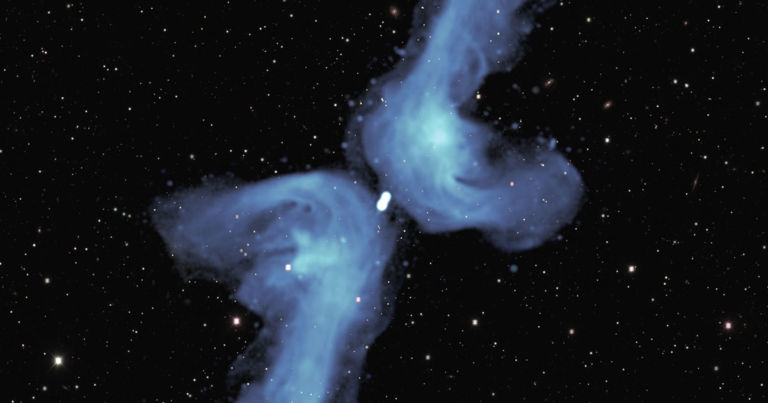The solar system is a vast and complex set of planets, asteroids, moons, and other celestial objects that have fascinated scientists and everyday people alike for centuries. While we have made remarkable progress in our understanding of the universe, there are still many mysteries that remain unsolved.

One of the key mysteries of the solar system has been the heating of Saturn's upper atmosphere. Until recently, this was not something that had been observed before, leaving astronomers with a puzzle to solve. However, with a little bit of investigation, a seasoned astronomer has now discovered that Saturn's vast ring system is responsible for this phenomenon.
The ring system around Saturn is an awe-inspiring sight. The planet has several distinct rings, ranging from the large, bright A and B rings, to the fainter C, D, E, F, and G rings. These rings are made up of hundreds of thousands of individual ice particles, ranging in size from tiny grains to large boulders. While the rings themselves have been closely studied for many years, their impact on the planet's atmosphere has not been as well-understood.
That is until Professor James O'Donoghue, a planetary scientist at JAXA, the Japanese space agency, used data from the spacecraft Cassini to discover that the ring system is responsible for heating the planet's upper atmosphere. Cassini, which was launched in 1997 and orbited Saturn from 2004 to 2017, collected vast amounts of data about the planet and its surrounding environment during its mission.
Using this data, O'Donoghue was able to observe that the particles in the ring system are interacting with the planet's ionosphere, the upper layer of the atmosphere that is ionized by solar radiation. When the particles in the rings collide with the ionosphere, they release energy in the form of heat, warming the upper atmosphere of the planet.
This discovery has important implications for our understanding of the solar system. By learning more about the impact of the rings on Saturn's atmosphere, scientists can gain new insights into how other planets in the solar system are impacted by celestial objects in their environment. It also raises new questions about the potential impact of other ring systems, such as those of Jupiter, Uranus, and Neptune, on their respective planets' atmospheres.
Furthermore, the findings could also have implications for our own planet. Understanding the heat transfer mechanisms within the solar system could help us to better understand the processes that contribute to global warming on Earth, and to develop more effective strategies for mitigating its impact.
Overall, Professor James O'Donoghue's discovery sheds new light on the mysteries of the solar system. By uncovering the link between Saturn's ring system and the heating of its upper atmosphere, he has given us a new perspective on the impact of celestial objects on planetary environments. As we continue to explore the solar system and beyond, discoveries like this will be crucial in helping us to unlock its secrets and better understand the universe we call home.
Keywords: 1500mw Solar System, solar system, Saturn, ring system, upper atmosphere, ionosphere, heat, Cassini, planetary scientist, JAXA, energy, solar radiation, global warming, planet.